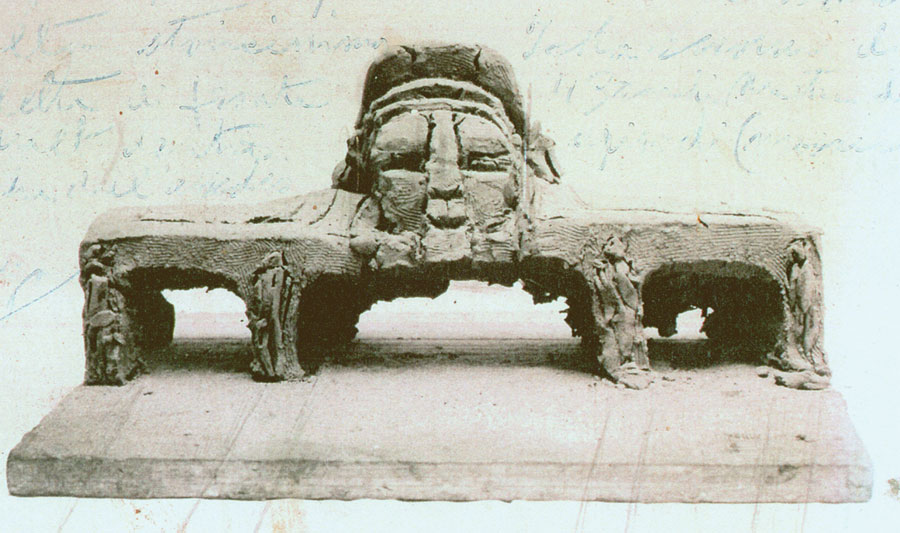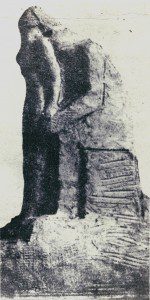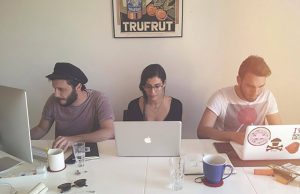
Valletta is being transformed into Malta’s vibrant cultural hub. With this welcome upheaval, however, the need to preserve the unique urban façades of the capital city’s old establishments has become critical.
Malta-based design group MaltaType is organising an exhibition on their study of shop sign production, as well as the typology and aesthetic of Valletta’s Strait Street signs, using them to create stylised prints of various shops.
The eponymously named exhibition will preserve the artefacts of Valletta’s modern history through a series of prints showing signs, shop fronts, and typography. The installation will lead from one room to the next, expanding on different aspects that constitute the process of designing and producing some of Valletta’s most iconic signs.
This project does not aim to emphasise reverting to past styles or practice, but to engender awareness of good design through historical study.
The exhibition is not intended to be a static event. Talks will focus on the history of design and the analysis of the aesthetic of the capital’s commercial establishments. Workshops will also take place, centring on the printing techniques used in the project. A main feature will be the launch of a newly-designed font created by MaltaType specifically for this event.
Preserving and studying past knowledge is key to generating innovative techniques. This project does not aim to emphasise reverting to past styles or practice, but to engender awareness of good design through historical study. Design is a rather young research topic in Malta, and a comprehensive study of local design is sorely needed as a baseline to build upon. The MaltaType exhibition is one such keystone.

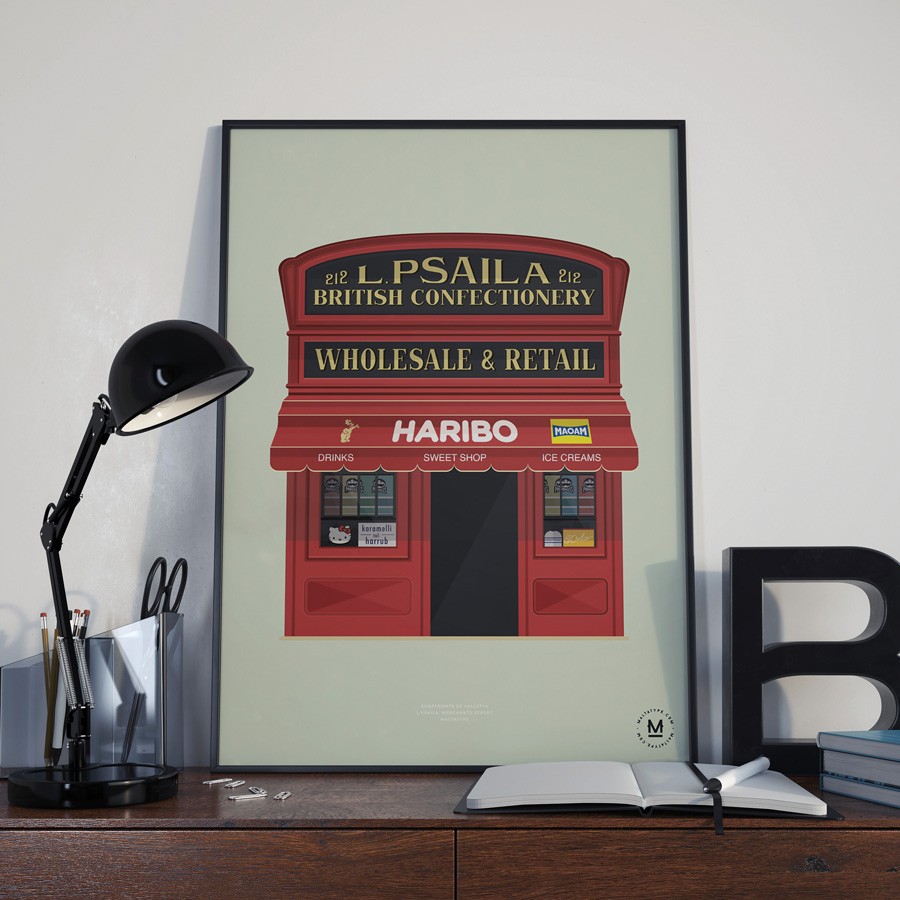
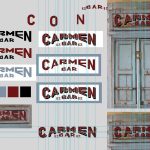 MaltaType will run from 25 May until the following Sunday at Splendid in Strait Street, Valletta. The project is part of the annual artistic programme of the Strada Stretta Concept, a Valletta 2018 Foundation project. The artistic director is lecturer Dr Giuseppe Schembri Bonaci (University of Malta), and the exhibition is curated by Nikki Petroni, while the MaltaType designers are Ed Dingli, Matt Demarco, and Katerina Karamallaki. For more information:
MaltaType will run from 25 May until the following Sunday at Splendid in Strait Street, Valletta. The project is part of the annual artistic programme of the Strada Stretta Concept, a Valletta 2018 Foundation project. The artistic director is lecturer Dr Giuseppe Schembri Bonaci (University of Malta), and the exhibition is curated by Nikki Petroni, while the MaltaType designers are Ed Dingli, Matt Demarco, and Katerina Karamallaki. For more information: 